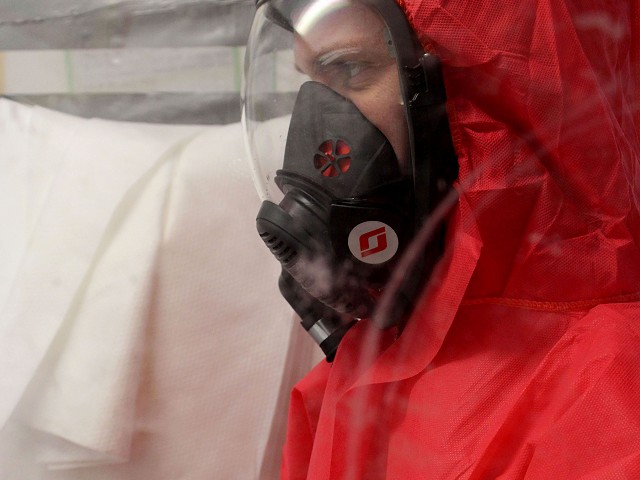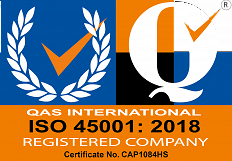
Both Personal Protective Equipment (PPE) and Respiratory Protective Equipment (RPE) are incredibly important within the asbestos removal and preparation procedures to ensure safety to our workers to their physical health.
PPE
This covers protective items such as steel toe capped boots, high-vis jackets and vests, helmets, eye protection and harnesses when needed. As a standard, all e4 workers are issued with these things when working on a site to ensure they are safe.
RPE
Respiratory masks are provided and required for all asbestos-related works. There are half-face masks and full-face masks which are used depending upon the situation. Both types of masks need face-fits to ensure that the seal of the mask fits properly around the face and no fibres can penetrate to the user’s face piece and be inhaled.
Half face masks are generally used for non-licensed works where the asbestos fibres present are a lower risk, and an enclosure is not needed. These protect the user up to 2 fibres per cubic ml of air.
Full face masks are always used on licensable works, where an enclosure is needed to remove the ACM. These masks are battery operated and protect the user up to 4 fibres per cubic ml of air.
Scott Vision Full Face Mask

The current model that e4 operatives are using is a Scott Vision mask (or similar). These have a clear vision panel piece and a head harness to tighten, and they are run through a battery pack. These are worn for all licensable jobs, and sometimes as an extra precaution for non-licensed works.

Operative wetting asbestos materials before removal, taken from HSE website
Risk Assessments
These are carried out on all sites to ensure that PPE and RPE are used as a last resort, so all other factors are considered first and these items are only needed if all else is not controlled. Control measures such as wetting ACM’s before removal are planned into the removal technique. When asbestos is wet, with either water or surfactant, the fibres do not become airborne therefore cause less of a risk. Other non-asbestos hazards such as working at height and slips, trips and falls are all considered at the planning stage and any additional PPE that may be needed is considered.






